Beer in History
Sumerian/Babylonians brewed beer with grains like wheat, spelt, emmer and barley and used it for cult and relgious purposes. They regarded the goddess Ninkasi as the creator of beer.
In ancient Egypt many sources of pictures and texts were discovered depicting beer, its production process and its social meaning. They used beer as everyday drink and means of payment.
Beer Facts
The Celts and Germanic tribes were mainly described by their enemy the Romans and few concrete sources exist. However, one can assume that they used beer for mystical and religious purposes, as well as an everyday drink.
For the Romans and Greeks beer was considered the drink of poor people or the drink of barbarians, though in the north of the Roman Empire beer was widespread amongst the population and its social classes.
Cloisters in the dark ages were the first to write down and copy not only the Bible but also the production procedures to produce drinks which were less perishable, beer was one of them. The so called “Kofent” was a small/thin beer which cloister members usually drank.
In the medieval times, beer was becoming very important for cities as export numbers rose. Cities stand for quality of their beer. Famous cities are: Einbeck, Goslar, Zerbst and others.
The ingredient “hops” used to be a medical plant and was only used in beer in the late middle ages. It was used as preservation and the famous “Hildegard von Bingen” knew that the bitterness of the hops kept decay away from the drinks.
Many other ingredients than hops were used to brew beer, like rosemary, bog myrtle, yarrow, ginger and liquorice, and others.
Beer Facts
Reinheitsgebot: technically introduced first in Munich 1447 and implemented in Bavaria 1516. It allows only the use of water, barley (not barley malt!) and hops. (Interestingly here is that no yeast was mentioned in the Bavarian Reinheitsgebot, even though yeast was known. One needs to assume that the effect of yeast to the process was unknown at the time, Brewers just used the left over from the last brew in the new brew).
Basic difference between Wine and Beer
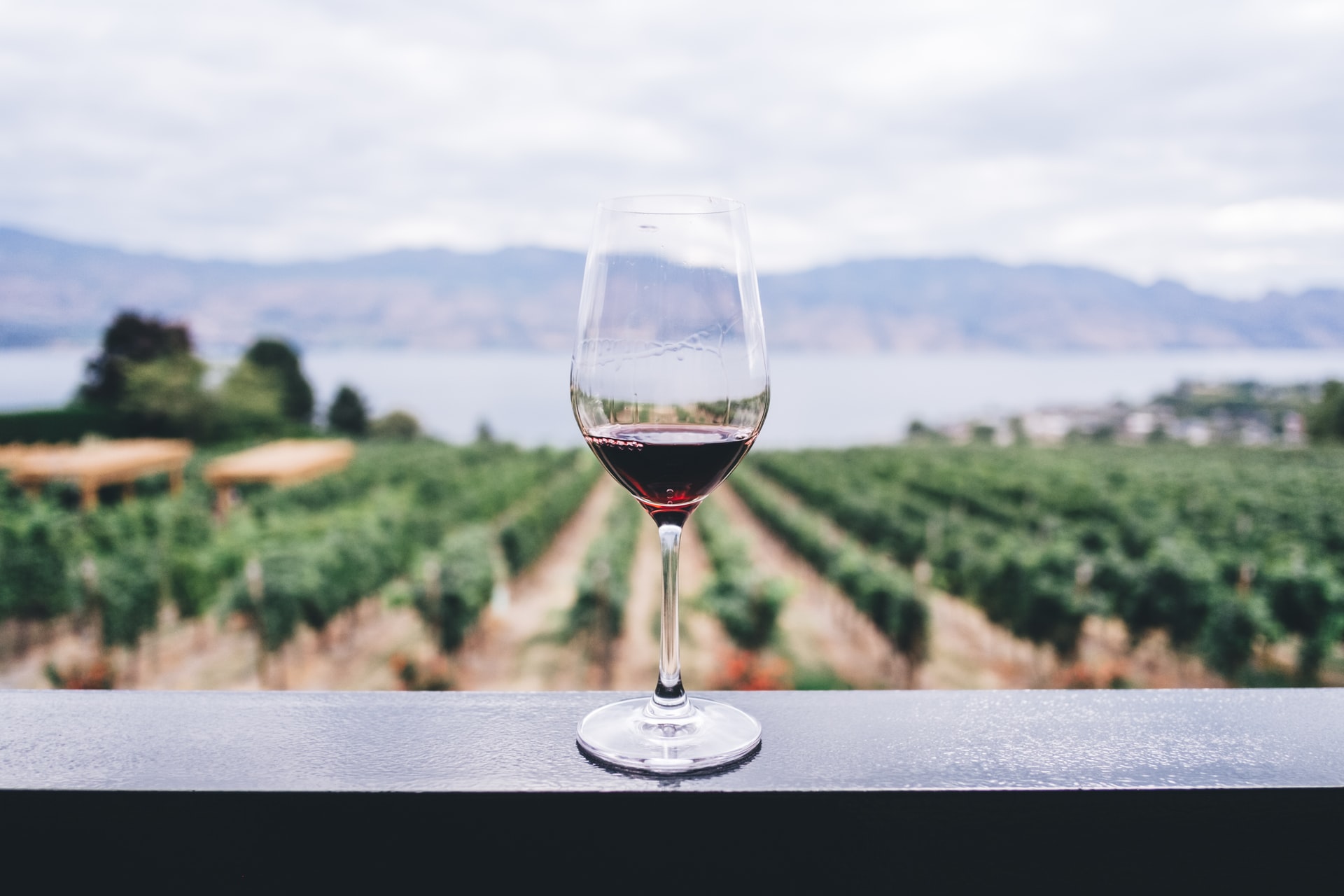
The alcohol in wine is made out of fruit sugar/fructose.
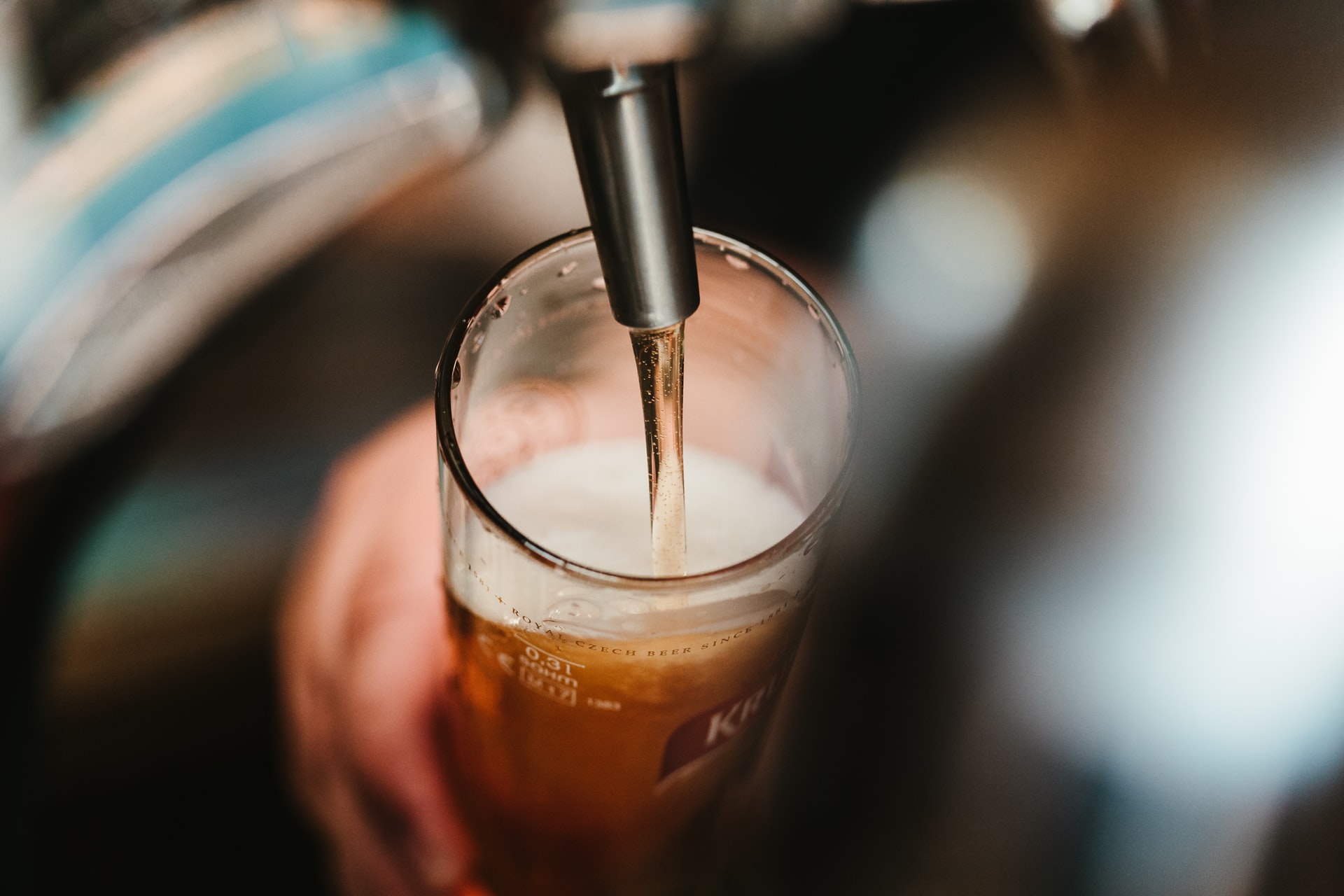
The alcohol in beer is made out of starch (polymeric glucose).

The Ingredients

Water
A beer usually consists of 90 – 98% of water. The quality of the beer is influenced by the water hardness. In brief the more acidic water is, the brighter the beer colour; the more alkaline water is, the darker the beer colour.
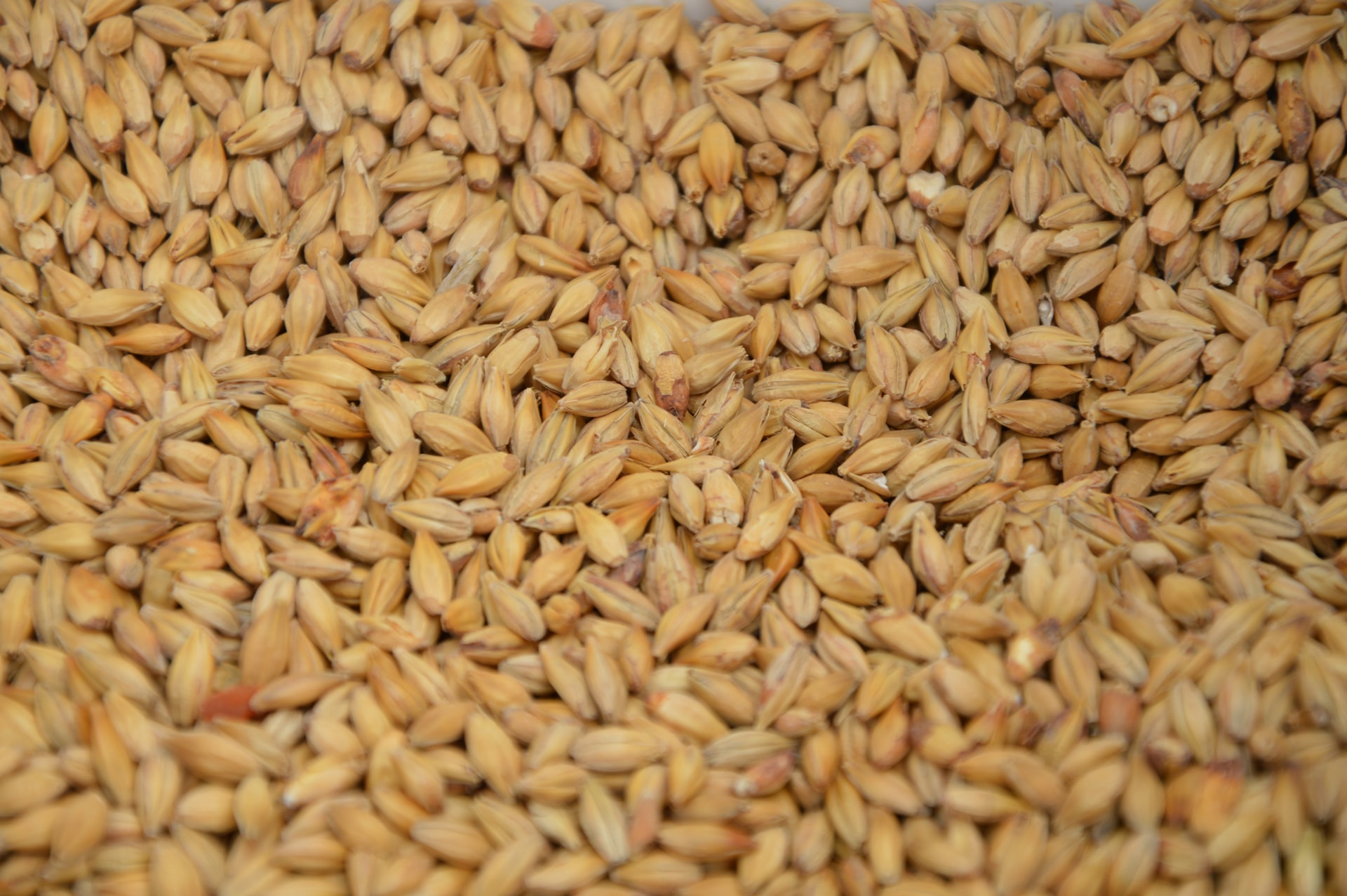
Malts
Mainly barley is used since it has a relatively low amount of proteins, high starch and enzyme content. The corn is soaked in water for a couple of days so the plant starts to sprout where starch is converted into sugar. This is then being stopped by kilning. The result is malt.
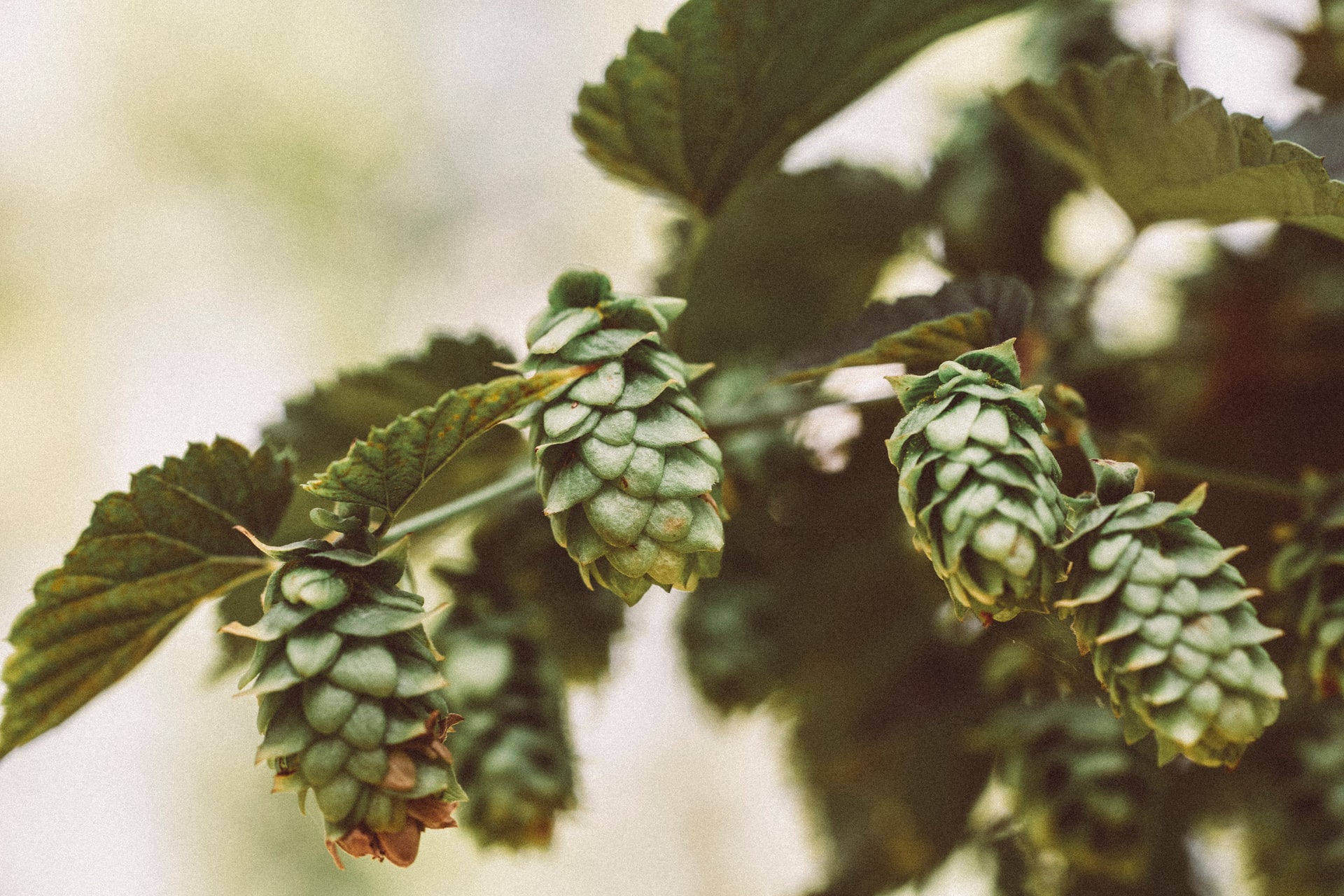
Hop
Humulus lupulus is the beer hop and belongs to the Cannabaceae family which belongs to the order of Rosales (rose-like plants). Hop is the spice of beer offering bitterness and aroma.

Yeast
belongs to the Fungi kingdom. Both top- or bottom- fermenting yeast can be used in the brewing process. Main types are the ale yeast (such as Saccharmoyces cerevisiae) and the lager yeast (such as Saccharomyces carlsbergensis). Within these categories exist hundreds of strains with its unique characteristics. It has a major contribution to the flavor of the beer.
Beer Facts
Process
Beer Facts
- Malt and water are added and boiled for a certain time period, which is called the mash. This is then lautered (filtered) to get the sugars drained. Often another extra rinse is given to get any leftover sugars from the grain. After lautering the leftover brewer grain is often fed to animals as it still contains a lot of nutritions. The first liquid here forms the first wort and with the extra rinse one finally gets the so called wort.
- The liquid/wort is then boiled up and hop is added either at the beginning or the end of the boil, which has a significant impact on the aroma and flavour.
Beer Facts
- From here the wort is sent into a whirlpool to get rid of the wine lees.
- Afterwards, the wort is cooled in order to pitch the yeast so that fermentation starts. Here the yeast produces CO2 and alcohol by eating the sugars in the wort. After around a week one has young beer.
- The young beer is then pumped into large tanks where it undergoes a second fermentation where the CO2 binds itself to the beer.
- From here the beer can be either filtered and/or pasteurised (or not) and is then ready to be bottled.
- Logistics will do the necessary to get the beer to you.
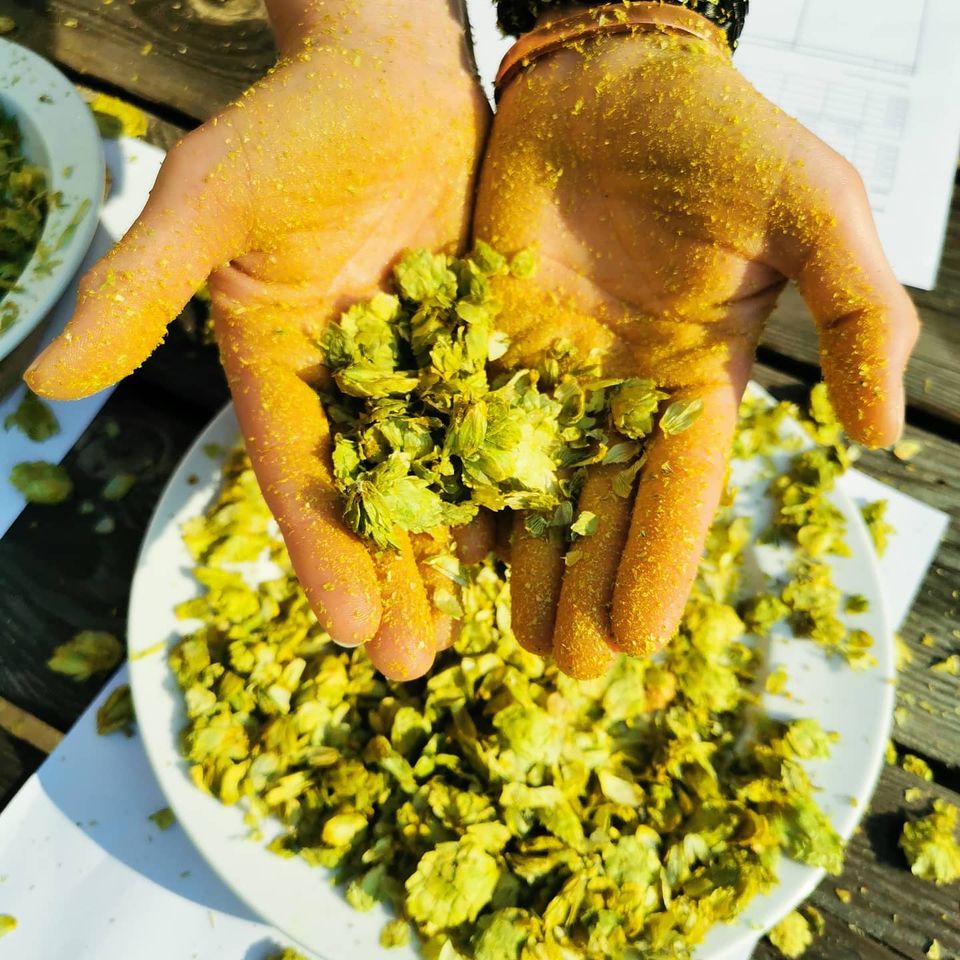
Beer for your health?! Well…
Beer Facts
Beer does not make you fat – it stimulates your appetite.
1 liter of beer contains around 420 kcal (depending on the beer-style of course).
0,33 liter of beer contains on average 45 % less calories than wine.
Polyphenols, with their antioxidant properties are contained in the hop.
Beer includes minerals such as for example: Phosphorous, Potassium, Magnesium, Chloride, Fluorite, Chrome, Silicon
Beer includes Vitamins such as for example: B2 (good for skin and nerve functions, etc.), B6 (positive effect on protein metabolism), B5 (helps detox the liver and has positive effects on the skin and hair), B3 (affects cardiac function and cerebral perfusion), B9 (folic acid – affects nerves and oxygen transportation also seems to affect dementia), B12 (play an important role in the energy generation in the cells).
